 By Deepu George October 9, 2019
11 min read
By Deepu George October 9, 2019
11 min read7 Common E-commerce mistakes one should avoid
Marketing is all about the trial and error method. If a method goes right then you guide and if it doesn’t you learn a lesson and work on other methodologies. The success of an e-commerce business depends on the strategies that you tend to adopt while marketing your e-stores. People opt for growth hacking but seldom avoid the mistakes that they make at particular intervals. This further impacts their online business and loads of valuable opportunities missing on the run of getting publicized within a short time.
This blog addresses those unintentional mistakes that an e-commerce store owner should avoid. They are listed below:
- The selection of the right-fit CMS
- Design blunders
Marketing is all about the trial and error method. If a method goes right then you guide and if it doesn’t you learn a lesson and work on other methodologies. The success of an e-commerce business depends on the strategies that you tend to adopt while marketing your e-stores. People opt for growth hacking but seldom avoid the mistakes that they make at particular intervals. This further impacts their online business and loads of valuable opportunities missing on the run of getting publicized within a short time.
- Product descriptions touching irrelevance
- Design isn’t responsive
- Target audience isn’t defined
- SEO blunders
- Complications in shopping cart
Let us dive into the details.
The selection of the Right-fit CMS
One of the most common e-commerce business mistakes is the choice of CMS platforms. A wrong choice of CMS can cost you search engine optimization related factors, online branding, and extensibility.
To choose the right CMS platform, you should be able to answer the following questions:
- Where do you see yourself in a year?
- Is your website for a longer haul?
- Is your business covering a broader spectrum?
- What products you will have on your e-store and how many have you planned?
- What are your expectations in terms of traffic for your website?
- Do you want your site to integrate with a POS or inventory management system?
- What is your budget? Is it suitable to go for a flexible deal for a CMS that will change the face of your online business or you should stick to the budget?
- How can Isecure my CMS website?
Design Blunders
Imagine yourself walking down a busy street with stores on both sides. What is the first thing that catches your attention?
The appearance of the stores.
The thoughts of quality, affordability comes into your mind at a later stage. Your e-commerce store is the same. The quality of the products available on your e-stores and the cheapest deals you offer as compared to your competitors, all comes into picture only when your e-commerce website has a strong design to attract customers to their website and influence their decision-making process.
It is common to make design mistakes by e-commerce start-ups resulting in higher bounce rates and refrain, customers from buying the products.
Product Descriptions touching irrelevance
One of the most common problems from an SEO perspective is unnecessary content for product descriptions.
The main aim to provide product description is to make it compelling by enticing with benefits and features so that it boosts the sales of your products.
An ideal product description comprises:
- Description with the focus on ideal buyers.
- Accord the product with the benefits the buyer will get on having it.
- Avoid using blunt phrases like ‘Excellent Product,’ ‘world-class product,’ and so on.
- Using superlatives sometimes aren’t a good option especially if you haven’t justified it properly.
- Use 3D images so that your users imagine the product as if they are holding it.
- A short story behind your product will do wonders and boost sales. It helps to establish a connection between the user and the product.
- Every person looking to buy a product will look for social proof about it. They will ensure the product first through various feedback and reviews and then will make a decision to buy. A social proof if included will be great!
Design isn’t responsive

Imagine a situation where you visit an online store and everything that appears on the screen is in a haphazard manner. The product descriptions aren’t visible properly. The loading time of the website is too long. What will be your next step? You will simply give up on the website and search for better options that serve your purpose of visit. This highly affects your conversion rates and sales.
Responsive design is all about the appearance of a site’s content on all the screens irrespective of the sizes. If your website is lacking this property, it’s high time that you should think of optimizing your e-commerce website.
Some of the benefits of a responsive website are as follows:
- Responsive web designing reduces maintenance costs.
- Responsive web design helps in getting relieved from scrolling the content of the website for long. It keeps only the relevant information on the site and therefore, provides a great user experience for mobile shoppers.
- Responsive design contributes to the e-commerce website speed.
- It helps in reaching a broader spectrum of users using multiple devices.
- Avoid paying twice for the same website. Responsive design is cost-effective in the long-run.
- A mobile site will have a separate URL and separate HTML as that of your desktop website. Therefore, Google finds it difficult to index and rank your e-commerce website in searches. Responsive design helps Google to index, rank, and crawl as it has the same URL and HTML as that of the main website.
- Responsive designs help in boosting sales. Even though with huge popularity of responsive designs, maximum e-commerce store owners are reluctant to adopt and therefore, responsive design in minority helps to win sales.
- The conversion rates are greater due to responsive e-commerce websites. Responsive design helps in making the life of the customer easy by simplifying the search and purchase of their desired products. Since your online business revolves around the customer’s experience, responsive design has a huge role in this.
Target Audience isn’t defined
Your online business serves a specific segment of the audience.
Don’t you trust me on this?
If your e-business is all about baby care of 0-5 years, definitely your target audience should be the mothers who are looking for the best products for their child.
In other words, you can’t market your products or services unless you know who are you marketing and are your products a complete treat to them. Therefore, it is essential to define your target audience for your e-commerce business.
The question that revolves around is why can’t you target the entire market as Amazon does?
Let me take you to a walkthrough Amazon’s past.
Amazon sold books online between 1994 and 1998. The audience that it targeted was an extremely specialized section of the population. When they got fruitful results of their hard work, they planned to expand their business and thus were capable to capture the entire segment of the audience.
We being the e-commerce store owners try to idealize Amazon with its current status, but we are at a stage where Amazon was 25 years ago. So our prime competitor should 25 years ago Amazon and idealize how they gradually became a leading e-commerce store targeting the entire market.
If you think that people should visit your e-store, you need to give them the reason as to why. You need to focus on earning the trust of your target audience. You can define your audience with the help of the following tips:
- Analyzing their behavior.
- Understanding their interests.
- Their participation in various communities.
- Analyze their requirements and check whether your products serve their needs.
- Analyze whether you are able to provide value for their money and time through your online business.
- Analyze their demographics as it is one of the most important factors for the segmentation of your audience.
Every e-commerce business has one principle involved and that is establishing connections with your audience. This is possible with the amount of your focus and the tactics that you have planned.
SEO Blunders 
If you own an e-commerce store, the importance of driving traffic on your website is not a new concept for you. SEO errors can cause a major hurdle for the search engine traffic and thus posing problems for the e-commerce business to thrive.
The problems that are often encountered :
The most common problem is the duplication of the content on multiple pages. This issue can be resolved by adding a canonical URL of your own to your pages. This helps in rescuing the penalization for the duplicated content on multiple pages.
Imagine yourself clicking a link to visit a particular page and it shows 404 Not Found Error, how does it seem to you?
The HTTP 404 Not Found Error appears when the page doesn’t exist on the server. The reasons may vary like the URL wasn’t changed or might be a wrong typed URL.
The HTTP 404 Not Found Error appears when the page doesn’t exist on the server. The reasons may vary like the URL wasn’t changed or might be a wrong typed URL.
We have provided a few links where you can check these 404 pages:
https://www.brokenlinkcheck.com/
https://www.deadlinkchecker.com/
The most common redirects used are 301 and 302. If you want your website visitor or a bot or a crawler to transfer them on a different URL, then a redirect is used. Since the SEO performance of the website is highly dependent on redirects, it is necessary to choose the right redirect serving the right purpose. A 301 redirect is used when you desire to move your old pages to the new website URL permanently. A 302 redirect is used for a temporary move where it means the crawlers will index the old pages.
To check the redirects you can use the following tools:
https://www.seoreviewtools.com/redirect-checker-tool/
https://smallseotools.com/redirect-checker/
https://www.visiospark.com/redirect-checker/
The complications in Shopping Cart
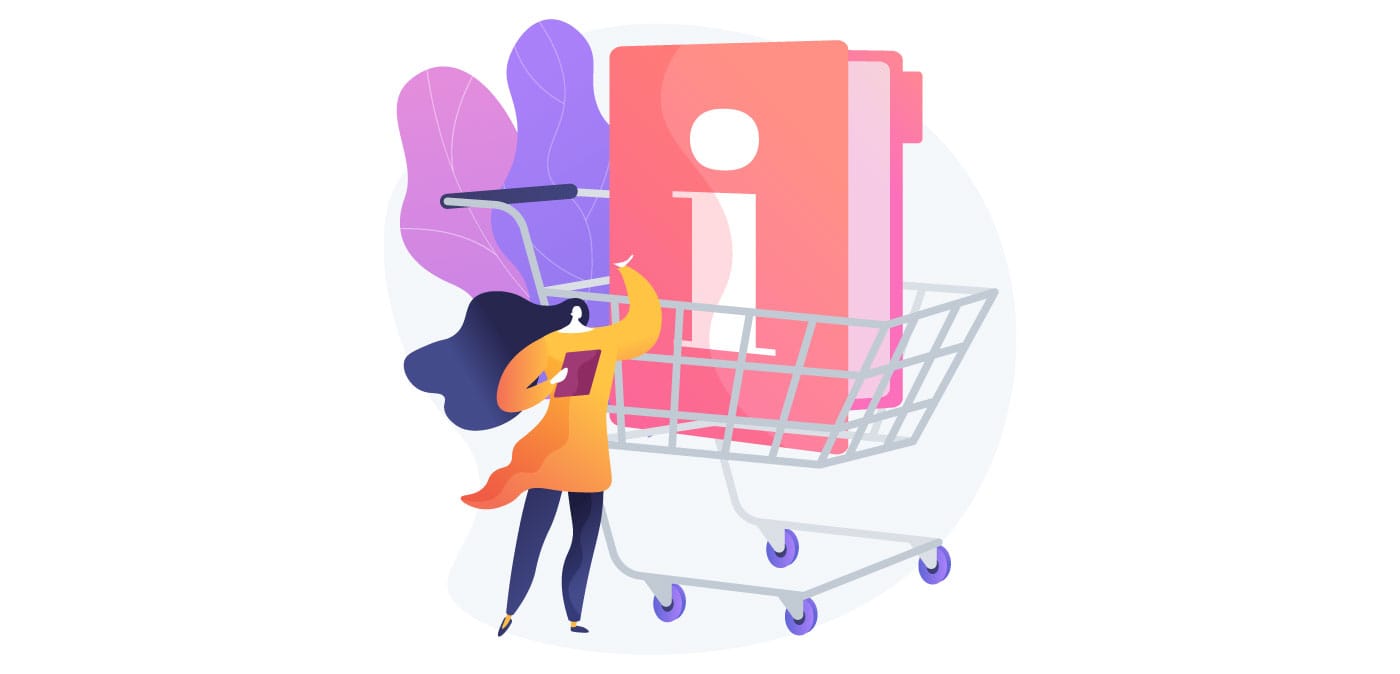
The shopping cart abandonment rates are high. Too many steps increase the complexity of the process and kill the interest of the user. Since your customers are investing their time in your online store, you have to provide the value of their investment by making their life easy. Remove unnecessary fields and keep the buttons and text visible.
Avoid giving them surprises with unexpected charges and hidden costs. Be crystal clear about the costs. Some customers are reluctant to pay extra charges and are cost-sensitive. One of the most frustrating reasons for the abandonment of the shipping cart is the shipping cost which the customers hate the most. Give them the estimated delivery time and cost for each product in advance.
In a nutshell
As it is said by Beth Comstock, “You can’t sell anything if you can’t tell anything,” marketing is all about how well you understand your audience. The more you analyze their needs and requirements, the more you can be loud in selling your products in a compelling manner. Since E-commerce development companies are trying harder each day to help build businesses successfully, the top seven mistakes that are given above however comes in their way unintentionally thus missing out a greater market share and losing valuable business opportunities.
Author Bio


 Facebook
Facebook Whatsapp
Whatsapp LinkedIn
LinkedIn Pinterest
Pinterest





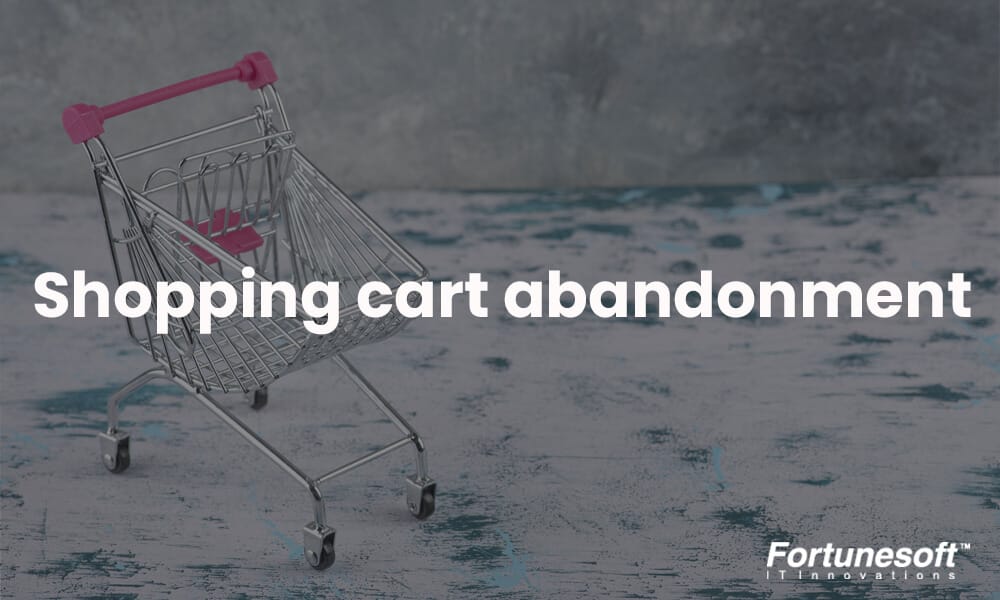
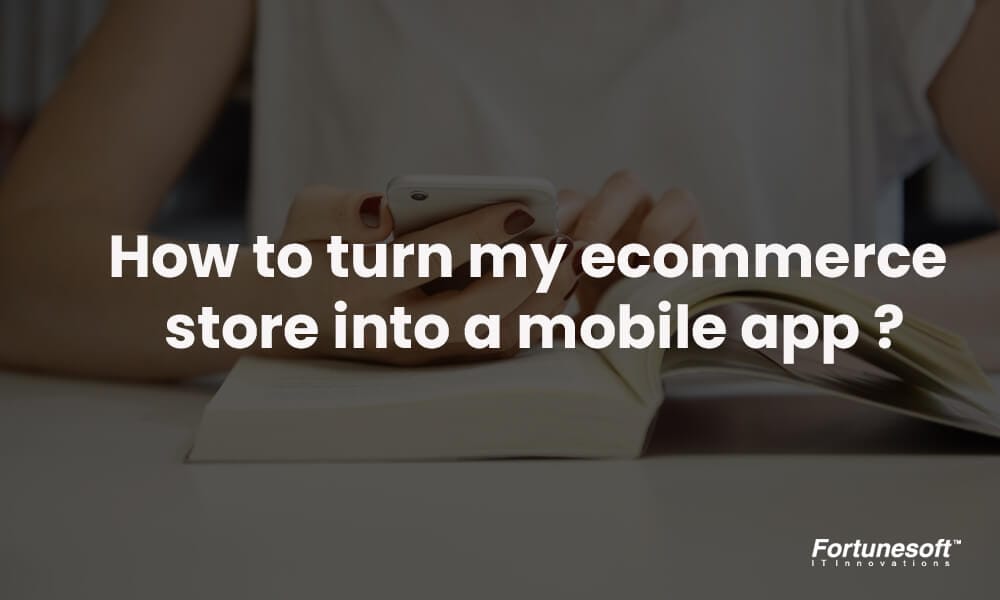




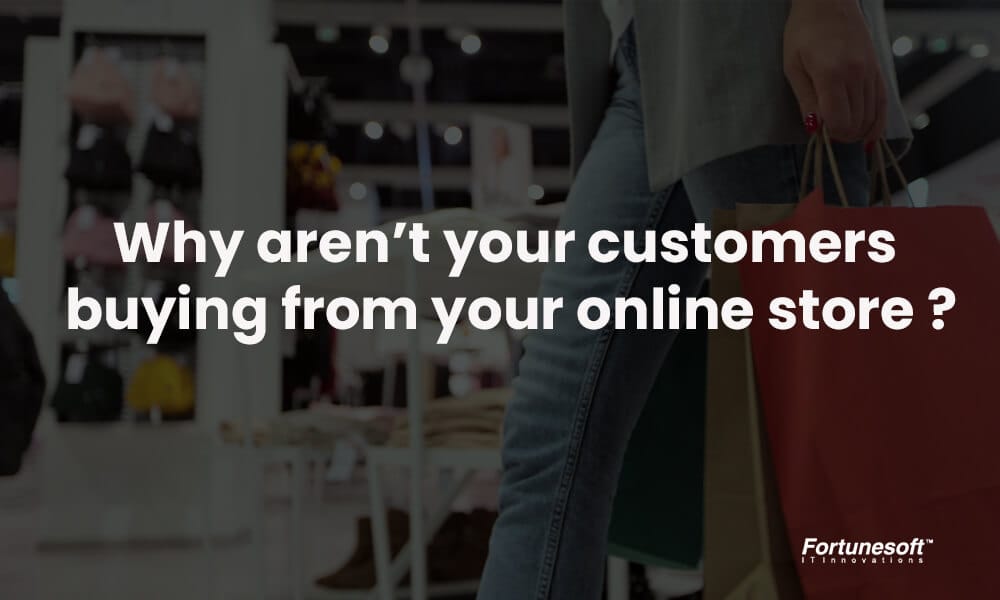
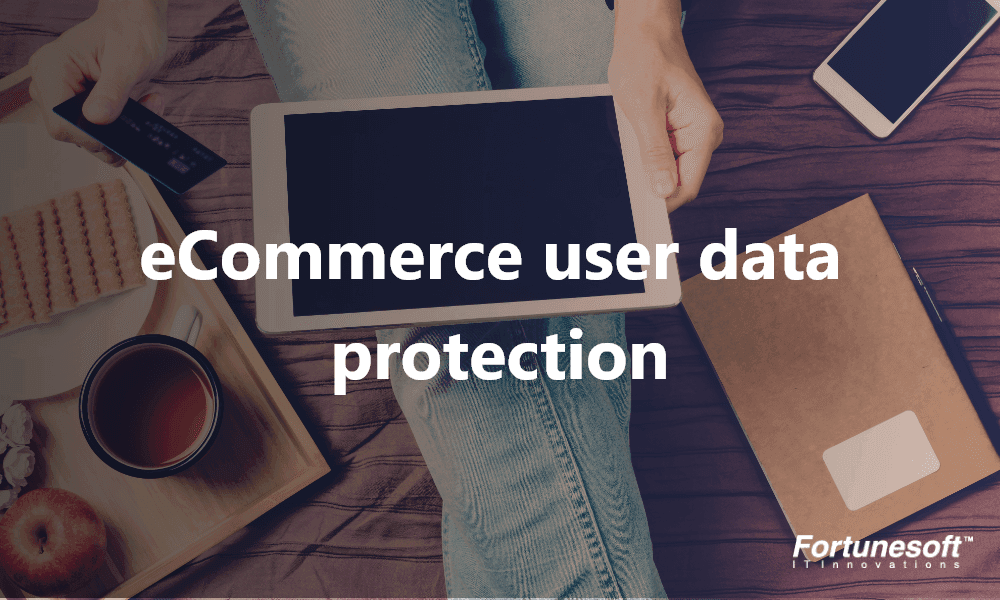


 Start Chat
Start Chat